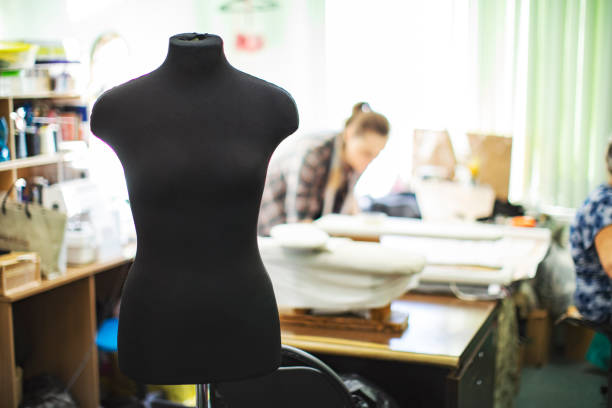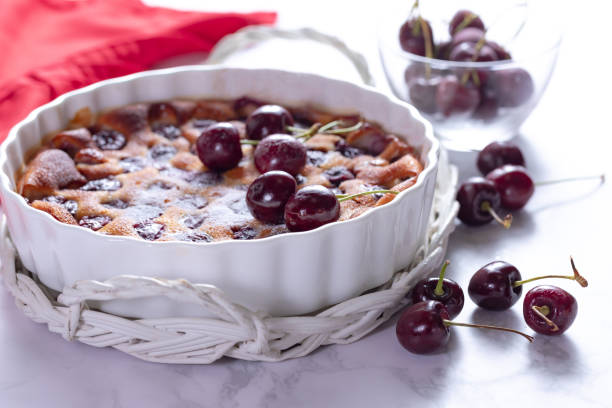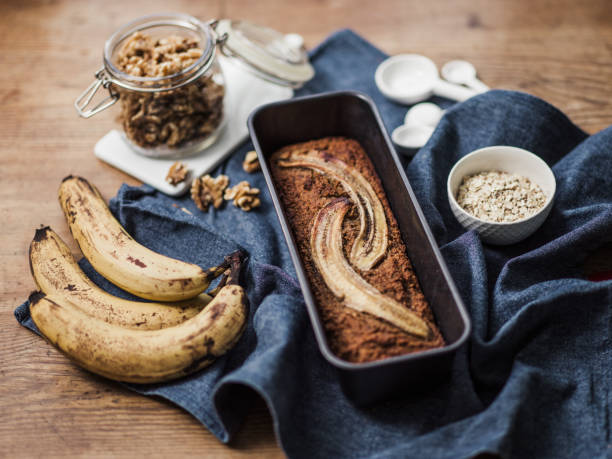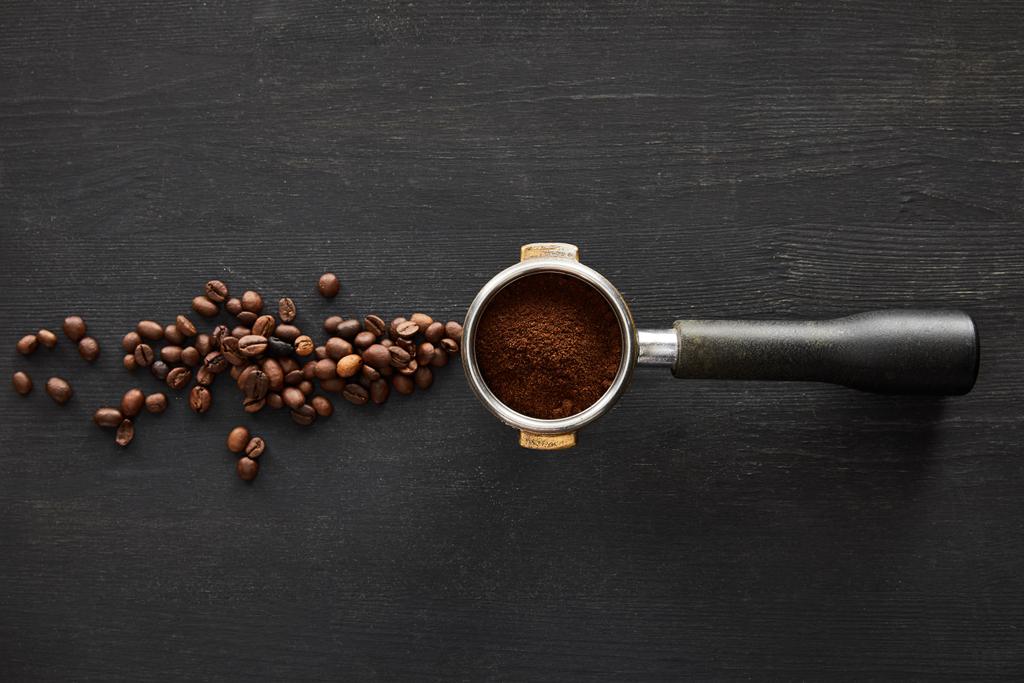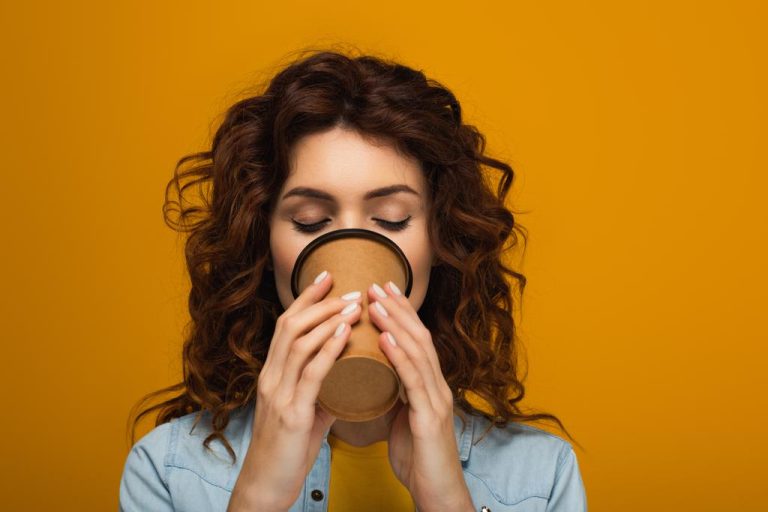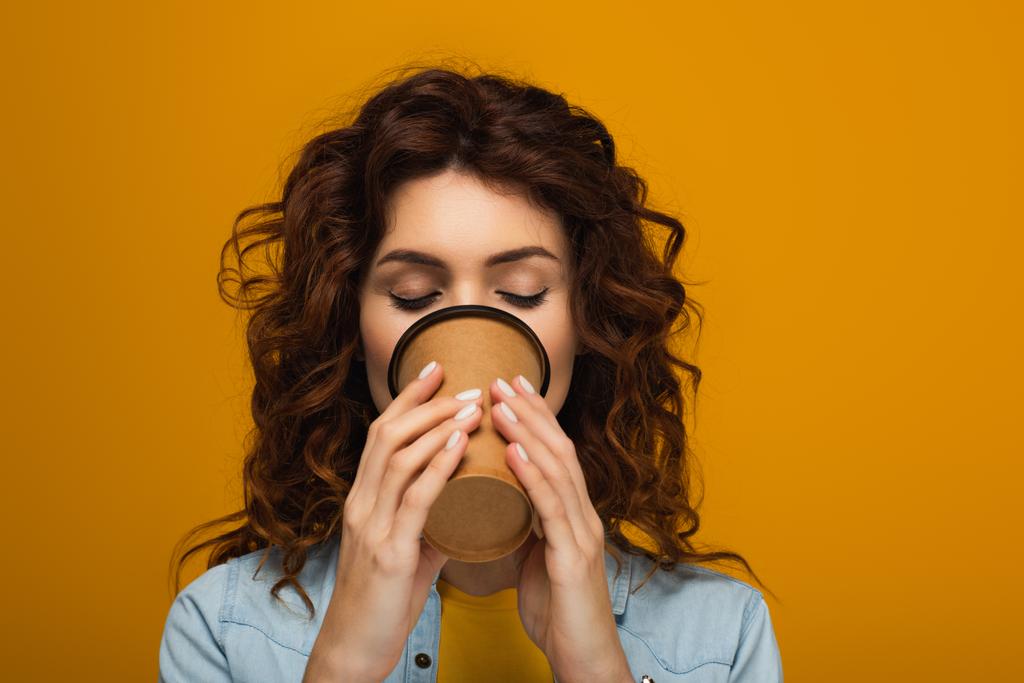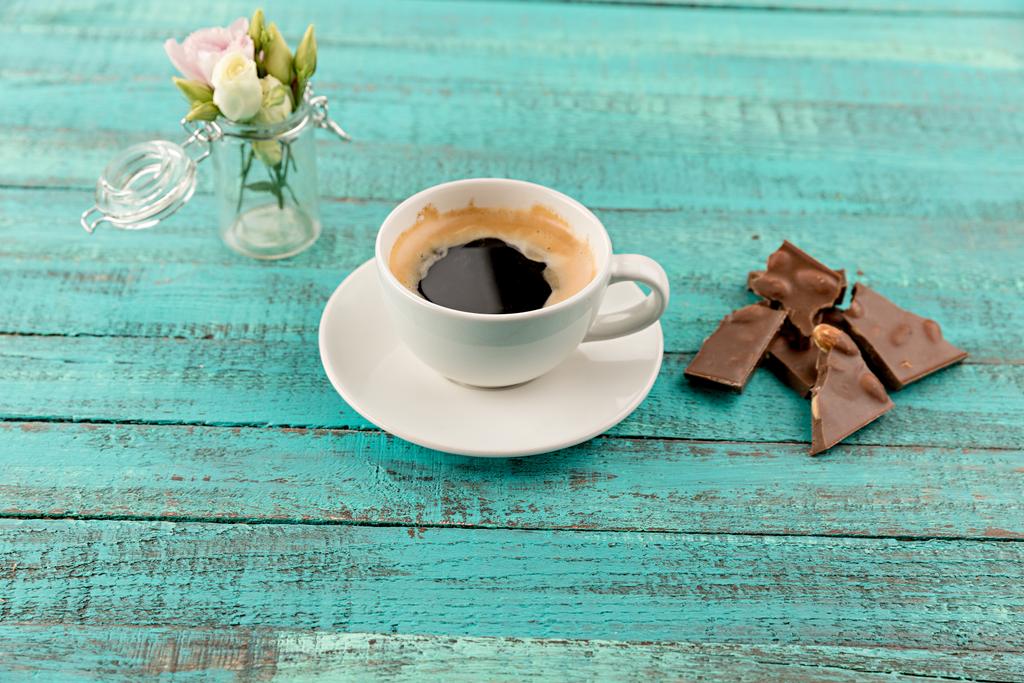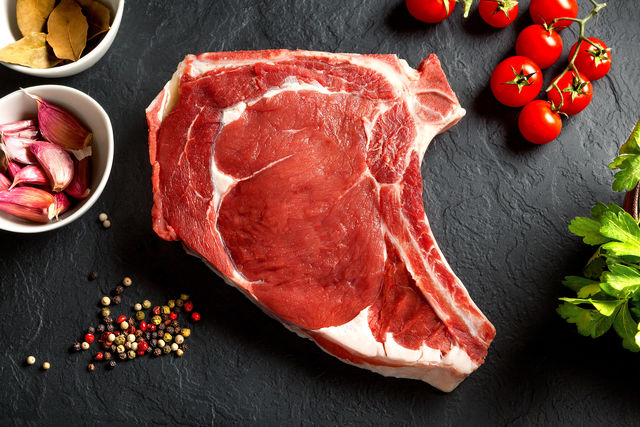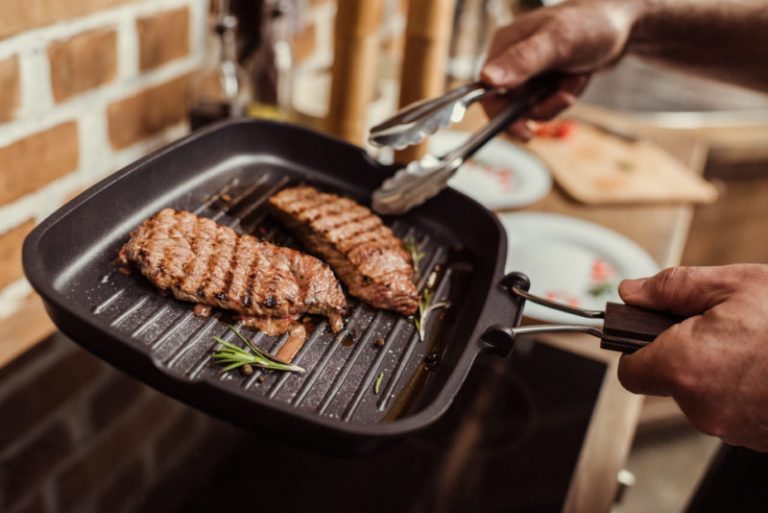The arrangement of the bedroom should not only be eye-catching but also conducive to relaxation and rest. It is important that the room puts us in a positive mood, and ensures a pleasant evening and cheerful morning. Room decoration influences our well-being much more than it appears, so we give you tips on room decoration with photo wallpaper.
Photo wallpaper as a clever decoration
The best, because the most elegant and quick to implement solution is a photo wallpaper. The bedroom changes in an instant, as if touched with a magic wand. Surely none of us wants to waste time with a tedious renovation that turns everyday life upside down. Thanks to an eye-catching, large-scale decoration, we can bring a whole new quality to our existing space with minimal effort.

The bedroom is our oasis of calm, a sanctuary where we can forget our worries and problems. Here we read a book in the evening and on Saturday and Sunday mornings we relax with a cup of coffee or read stories to the children. A picturesque landscape, exotic plants, or a pattern in the spirit of glamor will not only become a beautiful backdrop for our daily actions. It also improves our mood and allows us to enjoy an atmosphere that soothes the senses.
1) Enchantment through monochrome home design
Colorful advertisements on the streets, loud music in shopping malls, constantly ringing smartphones and social media notifications bombarding us all day long – this is the reality we live in. And although most of us are used to it by now, such heavy bombardment is not good for health as it puts the body in a constant state of tension. Therefore, our first idea is a monochrome arrangement of the bedroom, i.e. a room decoration that is completely furnished in different shades of the same color. This can be off-white, beige, green, or blue.
The so-called beige total look is very popular. Cream-colored walls in combination with furniture in the natural color of light wood create the perfect place not only for relaxation but also for meditation or yoga. An excellent crowning feature is the currently very popular pampas grass or dandelion. However, wallpapers can not only present plants. A pattern imitating wicker is a great idea. So we can bring a cozy atmosphere into the bedroom. You can also beautify the living room.
2) Soothe your senses with nature wallpaper
The fact that spending time in the countryside has a positive effect on human health and well-being has been widely researched. Take advantage of this knowledge and bring nature into your home, right into your bedroom. If we don’t have many opportunities to be outdoors, or if we love nature so much that we want to be surrounded by it indoors, a mural depicting a picturesque landscape will be a hit.
Or if we have the soul of a conqueror and a hiking enthusiast, we bet on mountain tops. Or choose tranquility and balance with a seashore with calm waters; and if we are dreamers, perhaps a forest shrouded in morning mist speaks to us. Matching wall decor to our character is one of the best ways to create a beautiful and timeless interior decor.
Another suggestion is wall decorations with depictions of plants. We have chosen motifs with a retro spirit. This aesthetic is experiencing a renaissance and has the advantage of not only fitting in with old arrangements but also with modern or even industrial-style interiors.
For fans of the exotic who want to enjoy a holiday atmosphere all year round, we recommend this interesting solution – a tropical mural. Reminiscent of old botanical illustrations, flowers of hibiscus or bird-of-paradise are attractively presented. For fans of local nature, on the other hand, we have an idyllic photo wallpaper. Dandelion gray in combination with other field plants brings a carefree atmosphere to the bedroom.
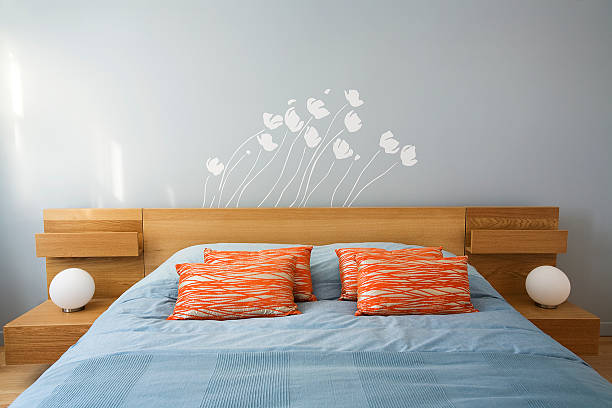
3) Timeless elegance in the home
If we prefer elegant solutions or there is also a desk in our bedroom where we work from home, it is worth introducing a stylish decoration into the interior, which will ensure that an ordinary arrangement gains flavor. Where should we look for inspiration? It depends on what we like!
We start with the most elegant solution, a mural imitating precious marble. This is a great suggestion for a glamor-style arrangement. A white, black, green, or maybe powder pink colorway? Pastel colors are very popular this year, but the white or black stone also provides a timeless effect. Terrazzo, which has been known since ancient times, is also an interesting variant. The many versions of this pattern – in shaded or colorful versions, with expressive or fine patterns – allow everyone to find a perfect motif for themselves.



